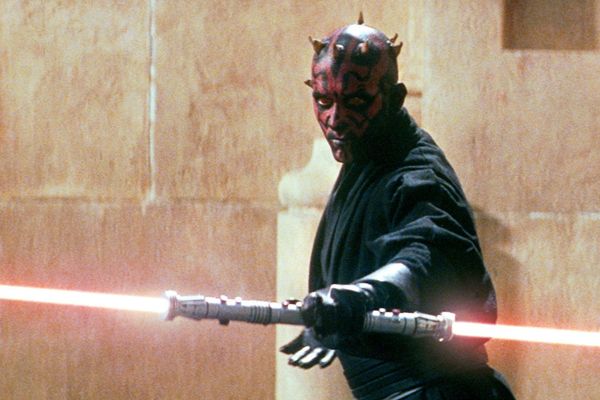
The Evolution of the Force: A Debate Among Star Wars Fans

Star Wars fans are divided over the portrayal of Jedi and Force powers in newer films and shows compared to the original trilogy. The debate revolves around the perceived changes to the nature of the Force and the Jedi, sparking discussions on the evolution of the franchise's mystical elements.
The Mystique of the Force in the Original Trilogy
The original Star Wars trilogy captivated audiences with its enigmatic portrayal of the Force, presenting it as an elusive energy field that only a select few could perceive and harness. In 'Star Wars: A New Hope,' the film strategically restrained the display of Force powers, with Obi-Wan Kenobi employing subtle mind tricks and a climactic moment where he mysteriously vanishes upon being struck down by Darth Vader. This deliberate restraint added to the mystique of the Force, leaving audiences intrigued and wanting to learn more.
The subsequent films, 'The Empire Strikes Back' and 'Return of the Jedi,' expanded the scope of Force abilities, introducing new powers such as force jumps, limited telekinesis, and the iconic scene of Yoda struggling to lift Luke's sunken X-Wing from a swamp. Despite these advancements, overt displays of Force manipulation remained rare, closely tied to extensive training and discipline, preserving the aura of mystery surrounding the Jedi and their connection to the Force.
Reddit quote is loading
The post on Reddit
The Transformation of the Force in Newer Media
Recent Star Wars media has sparked controversy by portraying the Force as a 'dragonball'-esque spectacle, with characters effortlessly performing grand displays of power, such as pulling Star Destroyers from the sky. This departure from the restrained portrayal of the Force in the original trilogy has led to debates on the dilution of its mystique and the perceived overabundance of Jedi characters in newer films, shows, and games.
A Reddit post by user u/conn_r21 highlights the shift in the portrayal of the Force, emphasizing the effortless displays of power that diverge from the enigmatic nature established in the original trilogy. Additionally, the increased prominence of Jedi characters across various media has led to the perception that they are no longer exceptionally rare, challenging the established narrative of their scarcity and significance within the Star Wars universe.
On the other hand, user Michael_Gibb offers a contrasting perspective, suggesting that the original trilogy hinted at a time when Jedi were more prevalent, serving as peacekeepers in the Old Republic. This interpretation challenges the notion of Jedi rarity and adds complexity to the debate, prompting fans to reevaluate their understanding of the Jedi Order and the historical prevalence of Force-sensitive individuals.
The Dichotomy of Force Portrayal: Nostalgia vs. Evolution
The legacy of the original Star Wars trilogy has ignited passionate debates within the fandom, as fans grapple with the juxtaposition of nostalgia and the necessity for evolution in the franchise. The restrained and mystical presentation of the Force in the original films holds a powerful nostalgic allure, evoking a sense of wonder and enigma that defined the early Star Wars experience.
However, the evolution of the franchise demands innovation and adaptation, even if it means departing from past approaches. Newer films and television series have showcased Jedi and Sith-in-training capable of unprecedented telekinetic, physical, and mental feats, surpassing the limitations seen in the original trilogy. While this departure from tradition may challenge established perceptions, it also injects new energy and excitement into the Star Wars universe, ensuring its continued relevance and appeal to diverse audiences.
Ultimately, the debate surrounding the portrayal of the Force and the Jedi reflects the enduring tension between honoring the legacy of the original trilogy and embracing the need for creative evolution. As the Star Wars saga continues to captivate audiences, the evolving depiction of the Force will remain a subject of fervent discussion, inviting fans to explore the intricacies of its mystique and the ever-unfolding narrative of the Jedi and their connection to this enigmatic energy.













